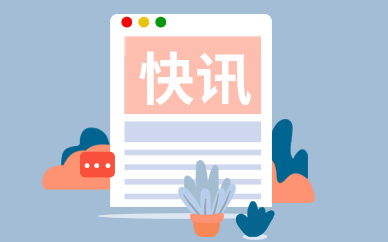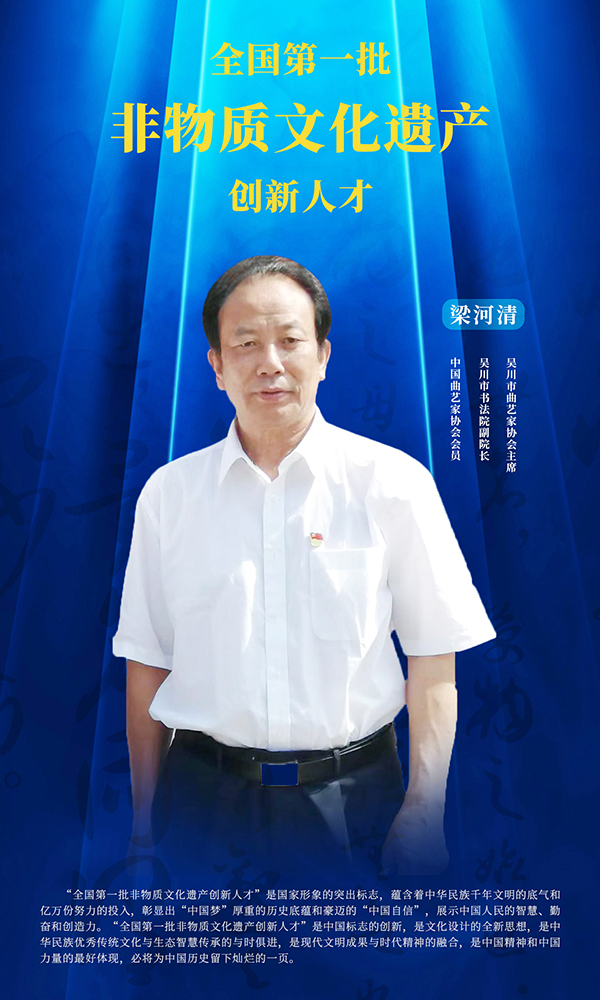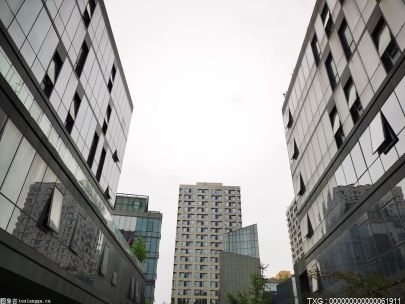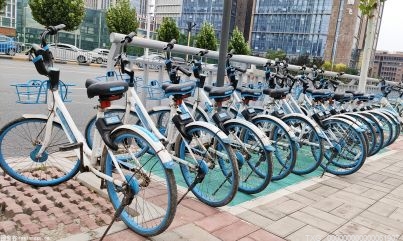如果未来实现了“零碳排放”,世界会变成什么样子?
Whatwouldour Earth look like in a “Carbon-Free” future?
 (相关资料图)
(相关资料图)
“影响房价的不再是学区划分、交通优势,而是如何更高效地节能减排,更科学地促进智能化发展。”贵州理工学院环境设计专业老挝国际生朱星驰说。
Phonepaseuth Soulivong, the international student ofGuizhou Institute of Technologyfrom Laos, said,“The housing price will not be influenced bylocationand transportationbut the efficiency of energy conservation,emission reduction, and artificial intelligence.”
“我们可以通过人工智能控制‘碳排放’。濒临灭绝的动植物将重返人类的星球。”贵阳学院城乡规划与建筑工程院学院副教授伍廷亮认为。
“We will use artificial intelligence as a way to control carbon emission. All endangered species will return to the Earth.”Wu Tingliang, associate professor of the School of Architecture and Urban Planning of Guiyang University, thought.
本期由贵州国际传播中心联合贵州省青年联合会秘书处推出的《青年说,向未来“黔”行》栏目中,来自老挝的青年留学生朱星驰走进贵州贵阳阿哈湖国家湿地公园,拥抱全市首个国家湿地公园的绿水青山、鸟语花香,对话绿色发展与低碳城市领域青年专家伍廷亮,畅想未来“零碳排放”的世界。
In this episode of our Talk to the Future, launched by the Guizhou International Communication Center and the Secretariat of Guizhou Youth Federation,Phonepaseuth, a young international student from Laos, went into Aha LakeNationalWetland Park in Guiyang, Guizhou, embraced the green mountains, rivers, birds and flowers and had a dialogue withWuTingliangfor embracing a carbon-free future.
近年来,贵州作为首批国家级生态文明试验区,在推动绿色发展,尤其是“碳减排”“碳增汇”方面取得了亮眼成绩。2021年,贵州森林覆盖率达62%,全省9个中心城市环境空气质量平均优良天数比率达98.4%,县级以上集中式饮用水水源地水质达标率保持100%。
Recently, asone of the firstNational Ecological Civilization Pilot Zones, Guizhou has made great progress in green development, especiallyin "carbon emission reduction" and "carbon sink enhancement". In 2021, Guizhou has achieved 62 pct of forestry coverage, 98.4 pct of average days of good ambient air quality in the province"s nine central cities, and 100 pct of the water quality compliance rate of centralized drinking water sources above the county level.
以贵州单株碳汇精准扶贫项目为例,截至目前,贵州已完成33个县单株碳汇项目开发,开发碳汇树木378.3万株,每年约吸收二氧化碳730万吨,已有3800多户贫困家庭通过碳汇树增收。
Take Guizhou"s Single Tree Carbon Sink for Poverty Alleviation Projectas an example, up to now, Guizhou has completed the development of carbon sink projects in 33 counties, planting3.783 million carbon sink trees, absorbing about 7.3 million tons of carbon dioxide per year, and more than 3,800 poor families have increased their income through carbon sink trees.
Source:Lai Yingying, Gao Hang, Wang Guofeng, Wei Yuxin
Editor: Gao Xin
Senior Editor: Tian Minjia























































































